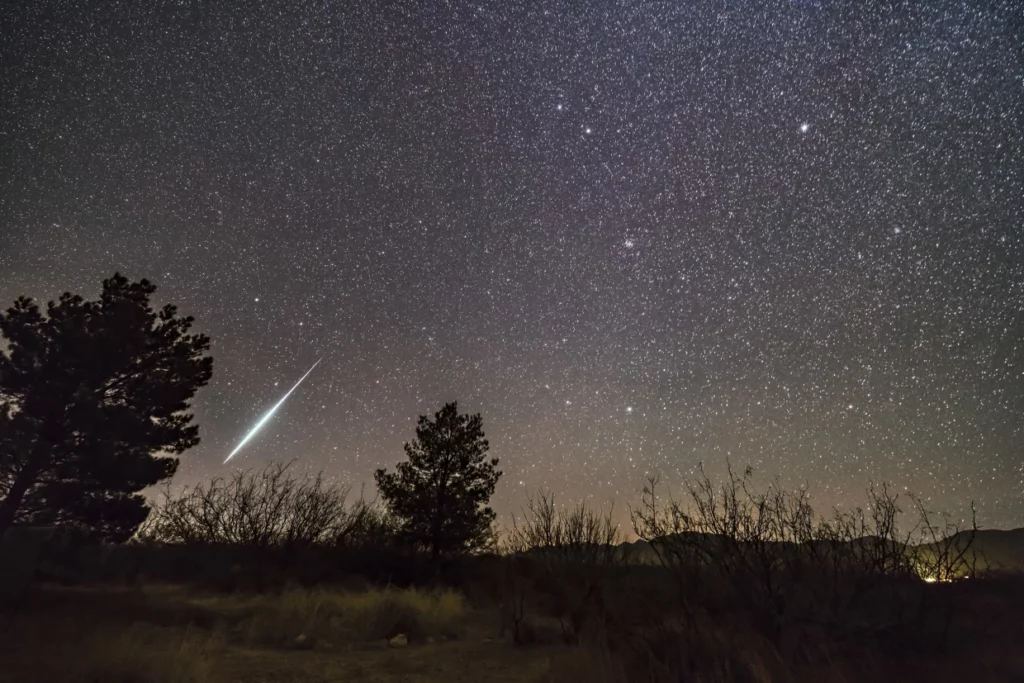Alright, this is seven days for an inestimable display. The Geminid meteor shower has been illuminating the night skies. At its pinnacle, which go on through this evening, stargazers can see many meteorites every hour. While most meteor showers are comprised of frigid and dusty comet particles, Kelly Beatty at Sky and Telescope magazine tells WBUR'S At this very moment that Geminids are unique.
(Short clip OF Filed NPR BROADCAST)
KELLY BEATTY: This is because of a space rock called Phaethon, which circles the sun firmly – comes as close as 13 million miles to the sun, gets to 1,300 degrees on its surface.
INSKEEP: That sounds hot. Depicted by NASA as the most solid meteor shower of the year, the Geminid shower gets its name from the group of stars Gemini, where the meteors initially show up.
(Short clip OF Chronicled NPR BROADCAST)
BEATTY: Little particles are being launched by daylight, and it's those little particles spread along its circle that we drive through each December. They make a streak that is sufficiently brilliant to set off a variety reaction in our eye in fact. However, on the off chance that it gets sufficiently brilliant, we can see a splendid variety and various tones in these meteors.
INSKEEP: I love that viewpoint. It isn't so much that they're falling on us. We are crashing through them. As the Earth circles the sun moving around, it goes through this path of space rock flotsam and jetsam, where they wreck on contact with our climate.
(Audio clip OF Chronicled NPR BROADCAST)
BEATTY: Twenty miles every second these particles…
ROBIN Youthful: Goodness, kid.
BEATTY: …Are hitting our environment. Thus they hit extremely high up – you know, 80 miles up – 60, 80 miles. What's more, they make a superheated, white streak in the climate.
INSKEEP: You can see the Geminid show through December 24 beginning around 9 or 10 PM. Here is an expert tip – get the best view after 12 PM and move in the direction of a fix of dim sky.
(Short clip OF Documented NPR BROADCAST)
BEATTY: That could be straight up. It very well may be, you know, toward the south – any place it's most obscure. Move away from city lights. Switch off the patio light. Allow your eyes to get changed in accordance with the dim, and you could see dependent upon one meteor each moment.
INSKEEP: that's what NASA says, at its pinnacle – and once more, that go on this evening – the Geminid meteor shower conveys upwards of 120 falling stars each hour, conveyed by the universe – a show that is free.
(Short clip OF MUSIC) Record given by NPR, Copyright NPR.
NPR records are made on a rush cutoff time by a NPR worker for hire. This text may not be in its last structure and might be refreshed or reexamined from now on. Exactness and accessibility might fluctuate. The definitive record of NPR's modifying is the sound record.







